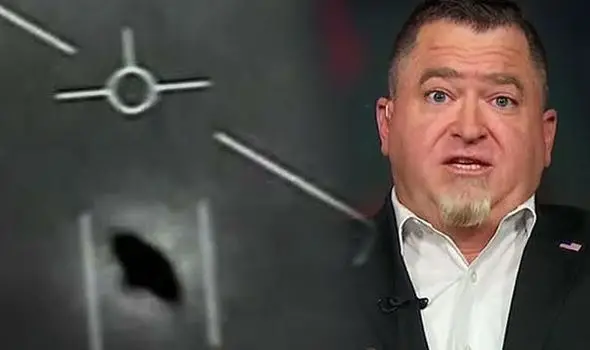
The public can expect more compelling video footage to come as what the former head of a top-secret Pentagon real-life X-Files probe has promised.
Luis Elizondo led the £16 million Advanced Aerial Threat Identification Program (AATIP) of the US Department of Defense.
After resigning from the department in October to join a UFO research group, Luis released two videos caught on US Navy pilot radar cameras.
He pointed out that the craft in the video moved in ways that defied physics.
US Navy pilots filmed one of the military radar videos in November 2004 off the coast of San Diego. The pilots described observing various UFOs.
The bizarre case became known as the Nimitz UFO Incident.
However, sceptics have been saying that the video only involved a wrongly identified plane. It prompted Mr Elizondo to reveal there is more to come, including encounters with unknown technology that is more advanced than anything in the military around the world, which documented in video recordings. He said that around 24 other UFO videos are being declassified for release in the coming months to the public.
Answering back at those who claimed they only showed planes, he said that the object came into a near hover state and took off suddenly over the horizon in just two seconds, so it could not be just a plane. He added that it was not also an IR glare or IR fuzz because you cannot lock radar on it.


According to skeptics, the US Navy can’t distinguish a wrongly identified plane from a UFO. At least it makes a change from a wrongly identified weather balloon.
For several weeks the skeptics have been citing the rotation of the diffraction spikes from a loose flare on the deck of an aircraft carrier as proof that the rotation of the UFO in the (Florida) video was an artifact of the Raytheon IR system used to film the object. But they are grasping at straws, as usual. Almost certainly the loose flare was bouncing around the deck in a rotational fashion, due to the reaction thrust of its intense flame, which would have resulted in the diffraction spikes rotating rapidly in sync with the flare’s rotation.